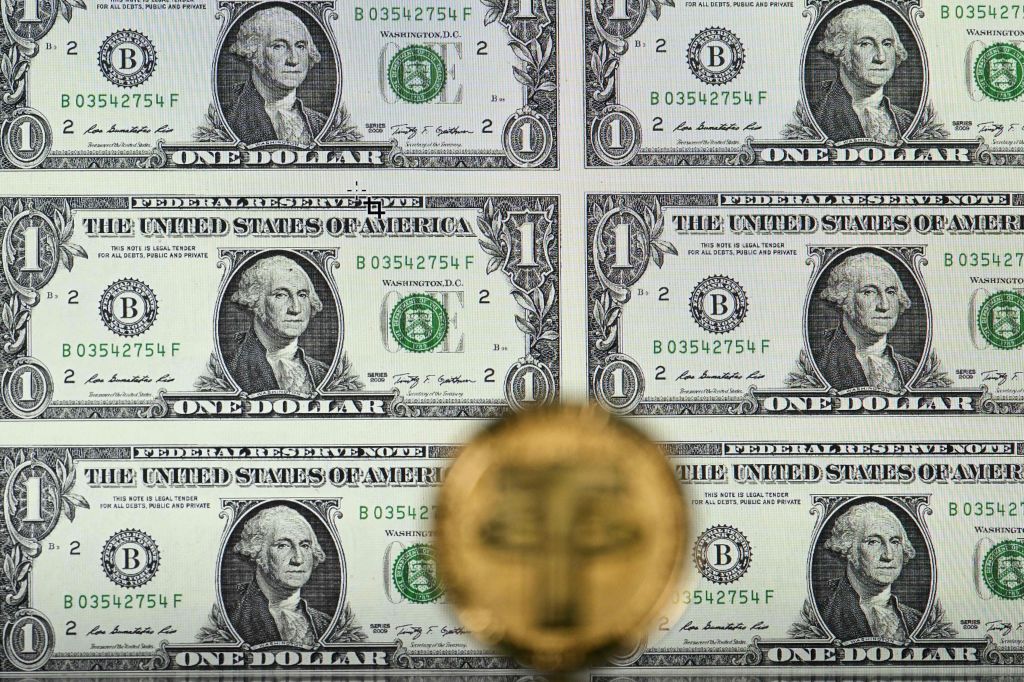
Asia-Pacific head of the Bank of International Settlements (BIS) finds the recent collapse in the value of stablecoins demonstrates that they are unsuitable as a form of money and that their attempt to piggyback on money issued by central banks does not provide the stability that their name implies.
TerraUSD Cascade Revealed the Instability of Stablecoins
The downfall of multiple stablecoins, notably TerraUSD, which was the third-largest with a market capitalization of US$18.7 billion at its height, has shown the hazards of cryptocurrencies, according to Siddharth Tiwari, chief representative of the BIS Asian office.
“These structural shortcomings are unlikely to be amenable to technical fixes alone. This is because they reflect the inherent limitations of a [decentralized] system built on permissionless blockchains,” the BIS report said.
According to BIS, the events which unfolded recently show us that stablecoin does not reach the full network impact that we would anticipate from money. Stablecoins vary from cryptocurrencies like bitcoin and Ethereum in that their value is tied to another asset, either a fiat currency or a commodity, making them potentially impervious to dramatic price movements.
However, in the case of so-called algorithmic stablecoins like TerraUSD (UST), the relationship to the underlying asset’s value can be thin and, as the recent crash proved, unstable. UST is meant to mirror the value of the US dollar by an algorithmic relationship to its sister currency, Luna, which also fell along with the UST. The problem was that UST was not backed by any real-world assets. It was intended to maintain a peg with the American currency by being convertible into one dollar of Luna and vice versa.
However, stablecoins backed by actual assets, such as Tether (USDT) and USD Coin (USDC), whose values are fixed one-to-one with US dollar reserves, were not immune from depegging. Following the downfall of TerraUSD, USDT briefly lost its peg as the cryptocurrency market as a whole saw a massive sell-off.
Stablecoins Can Still Be Valuable But Only as a Framework, BIS Says
But while BIS believes that stablecoins have failed their objective of maintaining a value that would make it a crypto ramp for fiat-based transactions, they also stated that it could provide the framework needed to create digital equivalents of fiat currencies. In terms of execution, the People’s Bank of China (PBOC) already holds a commanding lead in the Asia-Pacific area. It has collaborated with the central banks of the United Arab Emirates, Thailand, and the Monetary Authority of Hong Kong (HKMA) to create the “mBridge” transnational platform.
The BIS Innovation Hub is collaborating with the central banks of Singapore, Malaysia, Australia, and South Africa on comparable prototypes. According to a paper published by BIS, central banks are better positioned to offer the core of the future monetary system because of their basic role in ensuring payment finality by employing their balance sheets as a trusted intermediary.
Related Articles: Terra 2.0: Luna Cryptocurrency Is Back After $40 Billion Collapse – Is it Faring Better this Time?
ⓒ 2021 TECHTIMES.com All rights reserved. Do not reproduce without permission.
This news is republished from another source. You can check the original article here

Be the first to comment